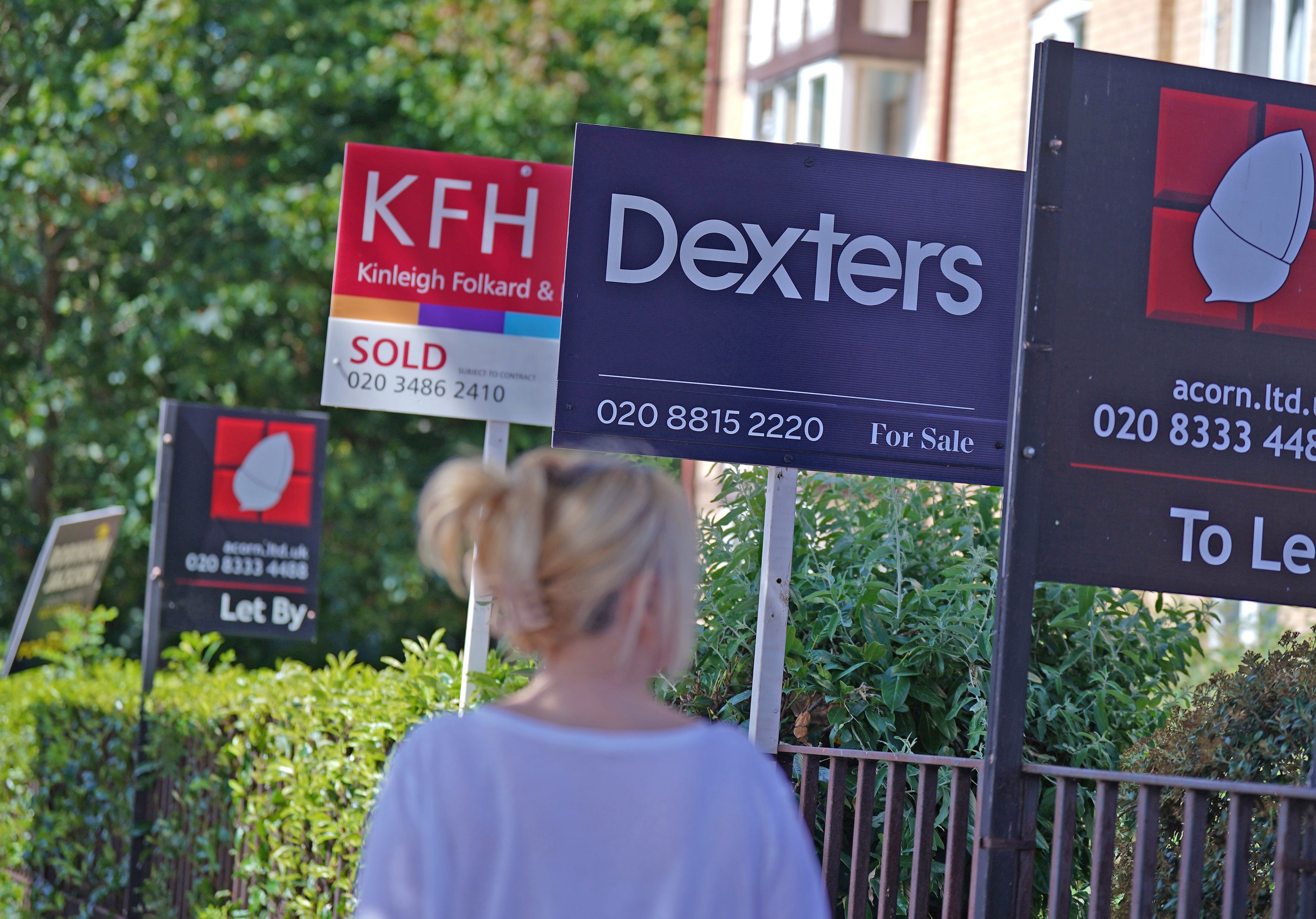Mortgage pain fuels highest rise in home ownership costs in 30 years
Homeowners’ costs rose 7.4 per cent in the year to October, the highest rate since February 1992, figures from the Office for National Statistics show
Your support helps us to tell the story
From reproductive rights to climate change to Big Tech, The Independent is on the ground when the story is developing. Whether it's investigating the financials of Elon Musk's pro-Trump PAC or producing our latest documentary, 'The A Word', which shines a light on the American women fighting for reproductive rights, we know how important it is to parse out the facts from the messaging.
At such a critical moment in US history, we need reporters on the ground. Your donation allows us to keep sending journalists to speak to both sides of the story.
The Independent is trusted by Americans across the entire political spectrum. And unlike many other quality news outlets, we choose not to lock Americans out of our reporting and analysis with paywalls. We believe quality journalism should be available to everyone, paid for by those who can afford it.
Your support makes all the difference.Soaring monthly mortgage payments are fuelling the highest rise in homeownership costs in more than three decades as more than 100,000 households come off fixed-term deals every month.
Figures from the Office of National Statistics show a 7.4 per cent rise in costs such as mortgage fees and maintenance bills in the year to October, as consumers face an increase in the rate of inflation, driven by rising energy demands.
Payam Azadi, director of finance brokers Niche Advice, said nearly all of his customers were having to leave cheaper, fixed-term deals for more expensive ones while at the same time grappling with higher insurance costs, energy bills and childcare costs.
“Unfortunately, many people in the last 10 years have been used to very low interest rates,” he said, adding it had made recent rises a shock for those households.
The ONS said on Wednesday that the part of inflation relating to owner occupiers’ housing costs “rose by 7.4 per cent in the 12 months to October 2024, up from 7.2 per cent in the 12 months to September”.

The soaring costs of building materials have also contributed to the biggest rise in homeownership costs since February 1992.
The figures were released as the ONS said that Consumer Prices Index (CPI) inflation accelerated to 2.3 per cent in October, from 1.7 per cent in the previous month. Inflation was higher than expected for the month, with economists having predicted an increase of 2.2 per cent.
David Hollingworth, associate director at L&C Mortgages, said the jump in inflation could “bring further headaches for mortgage borrowers”.
He said: “Although the rate lifting above target is not a shock, at 2.3 per cent it is a little higher than many had expected. That will pour more cold water on the prospects for another cut to [the Bank of England] base rate to come next month, which will be disappointing news for those on a variable or tracker rate mortgage.”
Mortgage rates rose very sharply after Liz Truss announced unfunded tax cuts during her short tenure as prime minister in 2022 and debt markets pushed up borrowing costs.
Those on fixed-term deals were shielded from the immediate effect as the Bank of England base rate climbed from 0.1 per cent in 2021 to a high of 5.25 per cent last year.
During that time, mortgage rates below 2 per cent have dried up and borrowing at more than 4 per cent is more likely, as a constant drip of people leave fixed-rate mortgages and experience a sudden rise in mortgage costs.
For example, a borrower with an average house valued at £292,000 and 20 per cent deposit remortgaging from a 2.75 per cent five-year mortgage obtained in 2019 to a five-year deal at 4.42 per cent today will leap from paying £1,084 a month to £1,297.
According to the Financial Conduct Authority, more than 1.4 million households are due to reach the end of fixed-rate mortgage deals in the year to June 2025, with 119,000 ending this month.
While two-year fixed-term deals used to be more popular, recently more people have been taking out five-year deals, with more than half of borrowers opting for cheaper, longer-term products in 2022, according to price comparison site Uswitch.
Mr Azadi said some lenders would allow higher borrowing limits for five-year deals, adding to their popularity even as borrowers believe rates will come down. “People want the security of knowing what they will pay,” he said.
The news comes as the annual rate of house-price growth accelerated to £292,000 (2.9 per cent) in September, according to ONS figures. The annual pace of price growth rose from 2.7 per cent in the year to August.
Average house prices increased in England to £309,000, in Wales to £217,000, and in Scotland to £198,000 in the 12 months to September. The average house price for Northern Ireland was £185,000 between April and June, up by 6.4 per cent from a year earlier.

Join our commenting forum
Join thought-provoking conversations, follow other Independent readers and see their replies
Comments